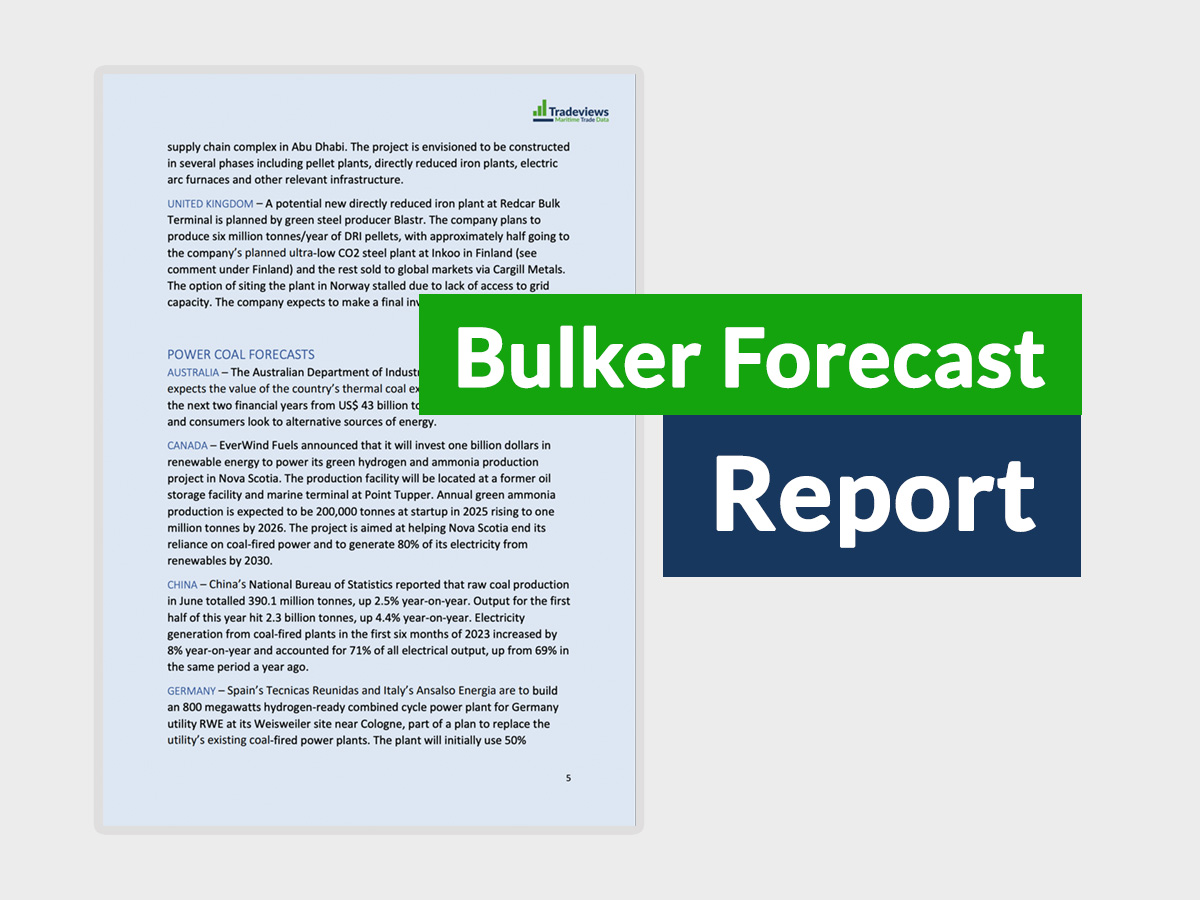An IMF country focus article said that China’s growth will remain resilient at around 5% in 2024, despite the continued property sector adjustment. However, China has relied too much on investment as opposed to consumption. Diminishing productivity and an aging population risk restricting growth, which is expected to slow to around 3.3% in 2029. The article argues that the country’s service sector is an underexploited driver of growth. Expanding the sector can put more people to work, especially younger people. Market-based structural and pension reforms could raise GDP by an additional 1 percentage point.
China’s industrial output growth in July slowed to a four-month low of 5.1% aggravating concerns about a continued manufacturing slowdown. China’s July official manufacturing PMI remained in contraction mode for the third month.
The latest July 2024 crude steel production data from the World Steel Association had global output across 71 reporting countries at 152.8 million tonnes, down 4.7% year-on-year. Chinese output for the month was estimated at 82.9 million tonnes, a fall of 9.0% year-on-year. Outside China, other major producers that recorded year-on-year losses in July included Iran (-18.7%), Japan (-3.8%), South Korea (-3.4%), and Russia (-3.1%). There were year-on-year gains in Brazil (+11.6%), India (+6.8%), the EU (+5.7%), Turkey (+4.0%), and the US (+2.1%). The WSA estimated Chinese crude steel output in the first seven months of 2024 at 613.7 million tonnes, down 2.2% year-on-year. Over the same period India’s output totalled 86.4 million tonnes, up 7.2% year-on-year, while EU production totalled 78.0 million tonnes, up 1.5% year-on-year.

